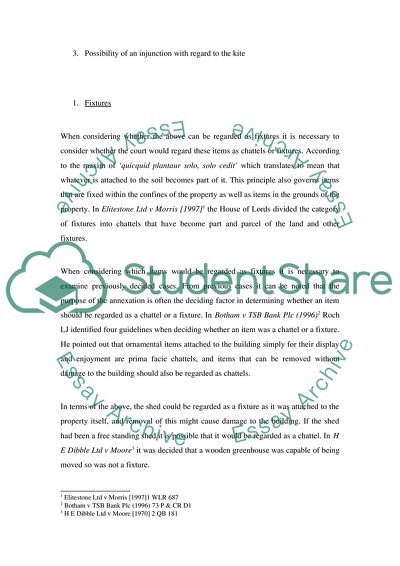Cite this document
(The Relevant Law Report Example | Topics and Well Written Essays - 1750 words, n.d.)
The Relevant Law Report Example | Topics and Well Written Essays - 1750 words. https://studentshare.org/law/1721467-ll2015c-introduction-to-the-law-of-property
The Relevant Law Report Example | Topics and Well Written Essays - 1750 words. https://studentshare.org/law/1721467-ll2015c-introduction-to-the-law-of-property
(The Relevant Law Report Example | Topics and Well Written Essays - 1750 Words)
The Relevant Law Report Example | Topics and Well Written Essays - 1750 Words. https://studentshare.org/law/1721467-ll2015c-introduction-to-the-law-of-property.
The Relevant Law Report Example | Topics and Well Written Essays - 1750 Words. https://studentshare.org/law/1721467-ll2015c-introduction-to-the-law-of-property.
“The Relevant Law Report Example | Topics and Well Written Essays - 1750 Words”. https://studentshare.org/law/1721467-ll2015c-introduction-to-the-law-of-property.


